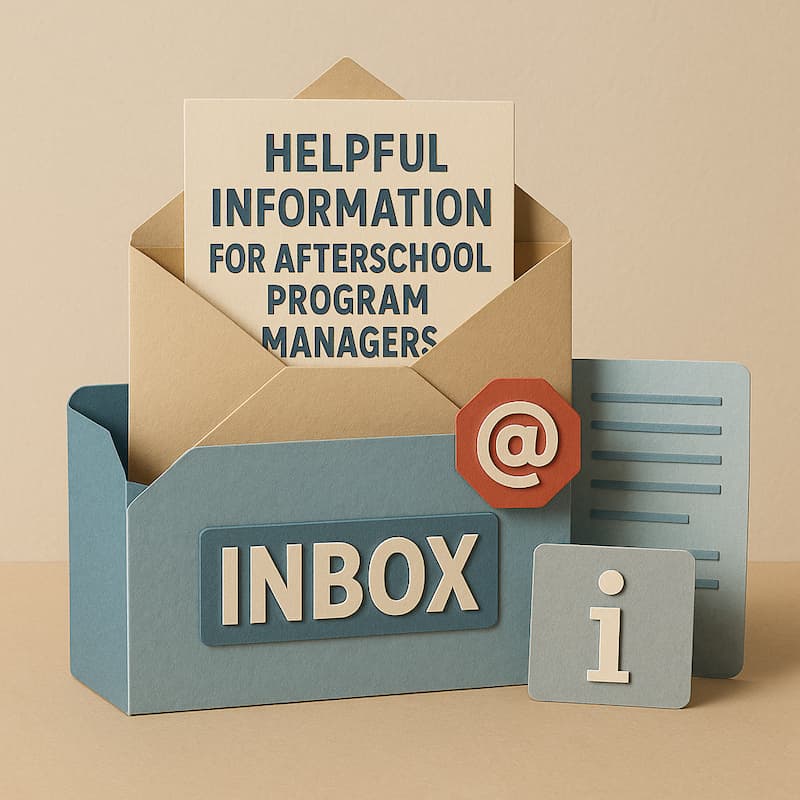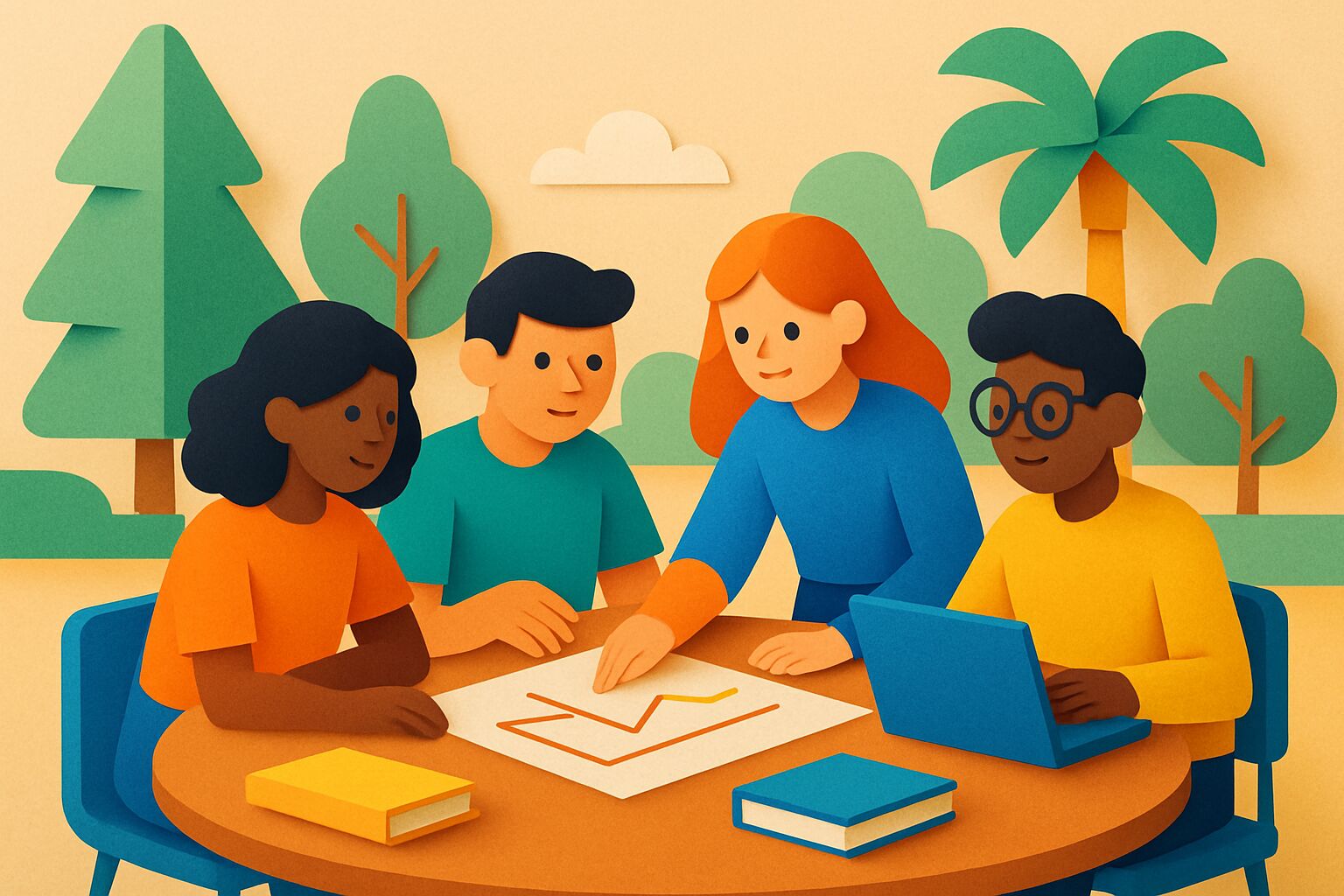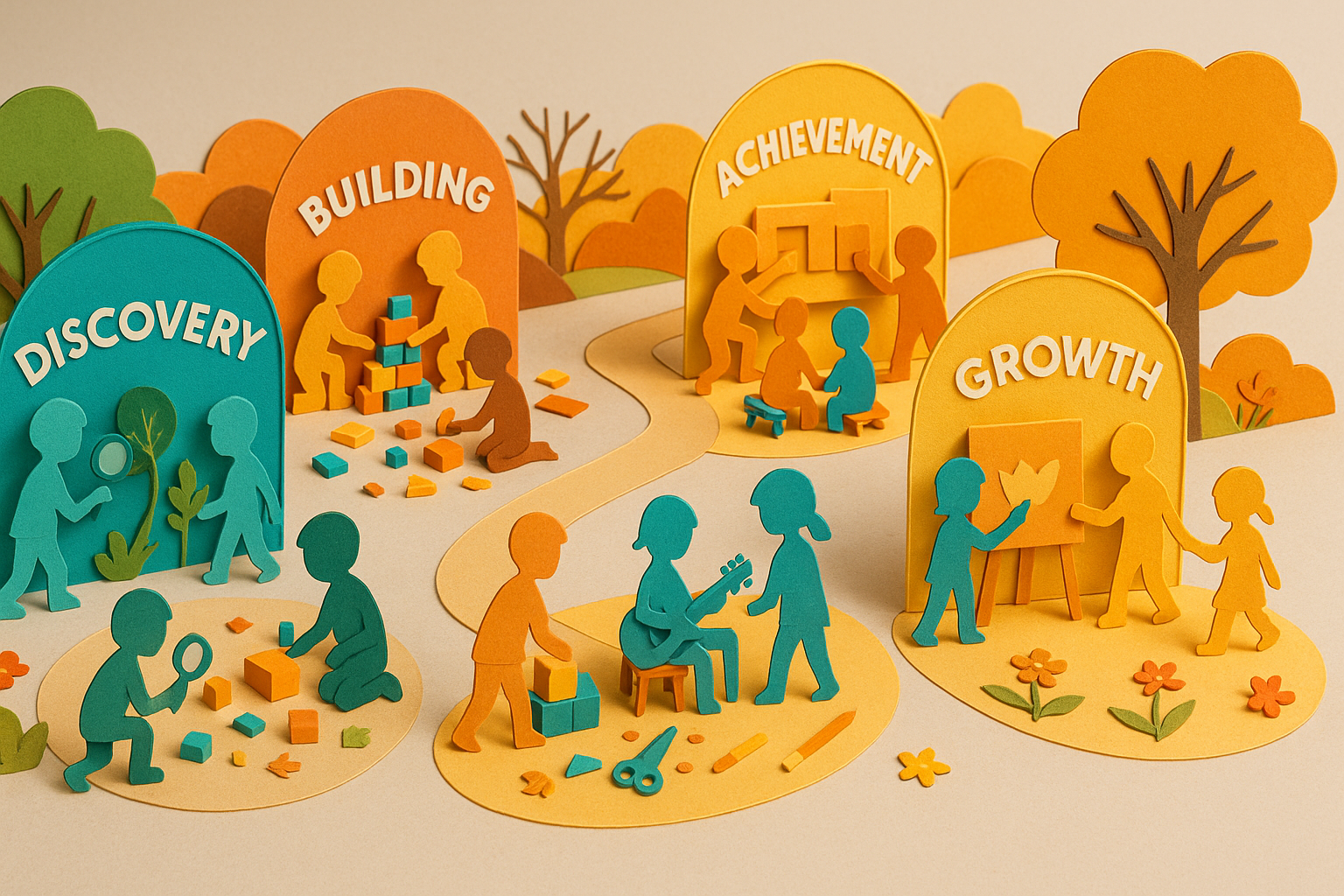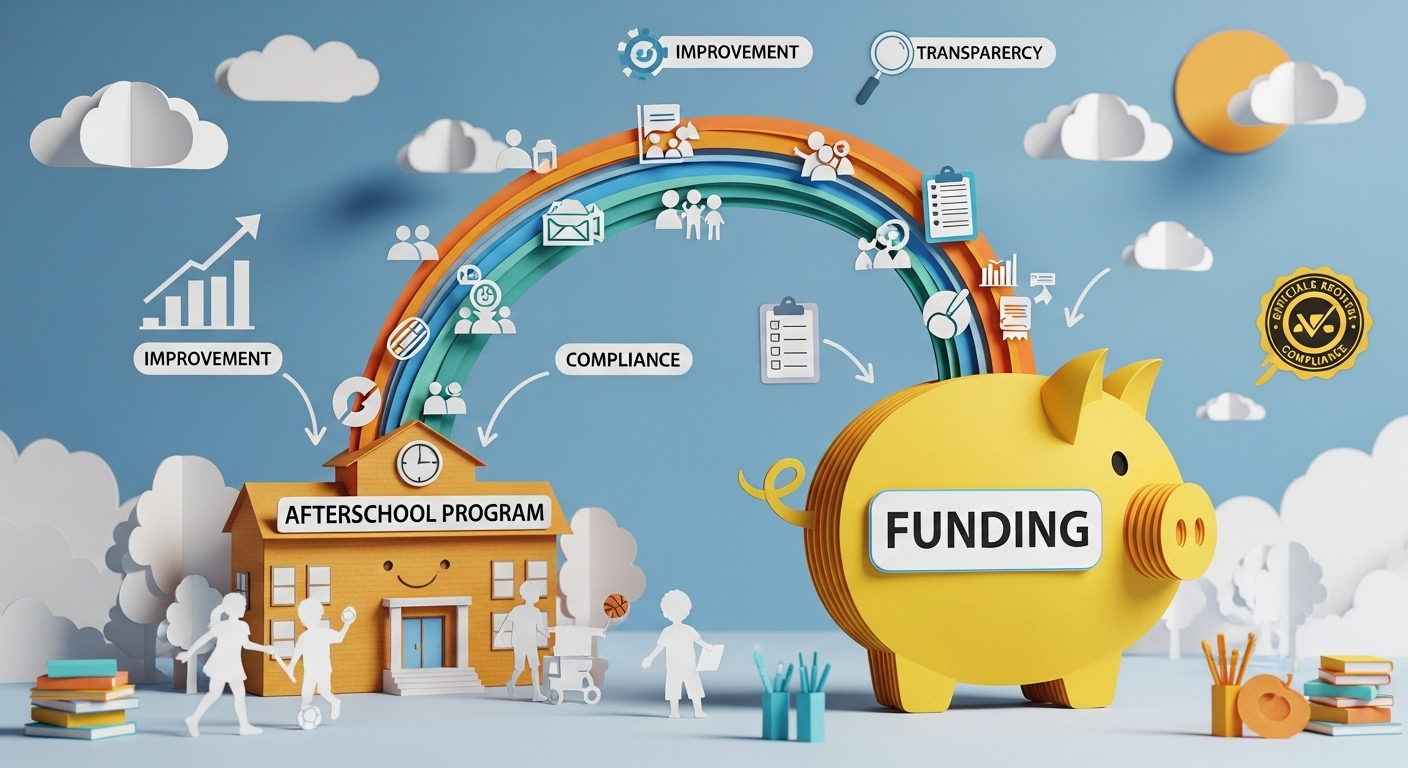For students, ELO-P provides more time for exploration, more support for academic growth, and more opportunities to discover hidden talents. Through this groundbreaking initiative, California’s Expanded Learning Opportunities Program (ELO-P) is enriching lives and shaping a brighter future for our children. This program focuses on students from transitional kindergarten through sixth grade, providing meaningful enrichment activities that support their academic, social, and emotional needs beyond the regular school day. This program helps ensure every child gets the opportunity to thrive, especially those from underserved communities who might need it most.
By offering funding for before and after-school programs, as well as summer sessions, ELO-P aims to fill gaps and provide essential support where it’s needed. It’s backed by state initiatives and focuses on building a well-rounded student environment. The goal is simple: to enhance learning and make sure all children have access to enriching experiences beyond the classroom.
ELO-P also emphasizes flexibility, allowing schools to adapt programs to meet local needs while following state guidelines. This means schools can hire tutors, counselors, and other educational support staff to create a nurturing environment. The focus is on providing resources that make a real difference in children’s lives, helping bridge gaps for students from various backgrounds.
As educators and administrators, understanding ELO-P’s potential can help us create more inclusive and supportive learning spaces. By working together, we can ensure that every child has the opportunity to succeed and grow, both academically and personally.
Purpose and Scope of ELO-P
The Expanded Learning Opportunities Program is designed to provide essential funding for before, after, and summer school programs. These initiatives aim to develop the academic, social, emotional, and physical needs of students from transitional kindergarten through sixth grade. ELO-P is not focused on replicating what happens during the school day; instead, it focuses on complementing those activities by offering enriching experiences that enhance overall student development.
Programs funded by ELO-P offer a diverse range of activities, including tutoring sessions, physical education, art projects, and more. The idea is to provide a balanced mix of academic support and creative exploration. This holistic approach ensures that students develop essential life skills alongside their academic achievements.
By targeting young learners, ELO-P helps in shaping the foundational years of education. This early intervention supports students in building confidence and resilience, setting them up for success as they continue through their educational journey. The emphasis on enrichment means that children are not just learning but also enjoying the process and finding opportunities that match their own interests and skills while continuing to have a safe space to explore and refine them.
Funding and Legislative Background
ELO-P is a state-level initiative in California, supported by Assembly Bill (AB) 130 and subsequent amendments. This legislation provides substantial funding to local educational agencies (LEAs) to create and support programs outside of regular school hours. The initiative is designed to ensure accessibility for all students, particularly those from underserved communities.
The funding is available to all school districts, including charter schools. This broad availability ensures that resources are distributed fairly, allowing schools to implement programs tailored to their specific needs. ELO-P’s financial support is crucial in enabling schools to hire staff, purchase materials, and develop comprehensive programs that align with state guidelines.
Assembly Bill (AB) 130 serves as the backbone of ELO-P, highlighting the state’s commitment to educational equity. By legislating funding and support for expanded learning opportunities, California is taking a significant step toward leveling the playing field for students from diverse backgrounds. This initiative ensures that every child has the chance to succeed, regardless of their socioeconomic status.
Implementation and Requirements
Implementing ELO-P involves careful planning and execution. Local educational agencies (LEAs) must conduct needs assessments, engage stakeholders, design programs, and continuously evaluate their effectiveness. This process ensures that programs align with educational goals and meet the diverse needs of students.
A key requirement of ELO-P is the development of a program plan approved by the governing board. This plan must outline how the program will be structured, the activities offered, and how it will complement the regular school day. The program must provide at least nine hours of combined instructional and expanded learning time per day during school sessions and intersession periods.
Beyond program planning, ELO-P also has stringent reporting requirements. LEAs must meticulously track student attendance and participation to ensure accurate reporting and maintain compliance with funding guidelines. This can be a time-consuming and complex process, often requiring manual data entry and reconciliation.
Fortunately, tools like Attendly can significantly streamline ELO-P reporting. Attendly’s automated attendance tracking and reporting features simplify data collection, minimize errors, and ensure accurate and timely submission of required reports. This allows administrators and staff to focus on what matters most: providing high-quality expanded learning opportunities for students.
Impact on Educational Equity
ELO-P plays a key role in addressing educational inequality. By providing additional resources and a safe learning environment, the program supports students from diverse backgrounds, particularly those from low-income families who may not otherwise have access to other learning opportunities or the resources for them outside of school. This approach highlights the program’s potential to level the playing field for all students.
The program’s focus on underserved communities ensures that every child has access to enriching experiences. By offering targeted support, ELO-P helps bridge gaps in educational opportunity, allowing students to thrive academically and personally.
The program’s impact extends beyond individual students. By fostering a culture of inclusivity and support, ELO-P contributes to building stronger, more resilient communities and deepening the relationships within them. This collective growth benefits not only the students but also the broader society, creating a more equitable future for all.
Program Flexibility and Allowable Uses
ELO-P funding provides significant flexibility, allowing districts to tailor programs to meet local needs. While the funding cannot be used for activities during the regular school day, it enables schools to hire additional staff as needed for each after-school activity. This flexibility ensures that programs are responsive to the unique needs of each community.
Districts can choose from a wide range of activities and resources, ensuring that students receive comprehensive support. By focusing on both academic and personal growth, schools can create programs that truly make a difference in students’ lives.
This adaptability is a core strength of ELO-P. By allowing schools to design programs that align with their specific goals, the initiative ensures that resources are used effectively and efficiently. This focus on local needs enhances the program’s overall impact.
Challenges and Considerations
While ELO-P offers many benefits, implementing these programs can be challenging. Schools must have adequate infrastructure, staffing, and coordination to ensure that programs run smoothly and that the data for the program’s necessary reporting is being tracked and managed. These logistical considerations require careful planning and execution.
Consistent quality and impact require ongoing evaluation and feedback mechanisms. By regularly assessing program effectiveness, schools can identify areas for improvement and make necessary adjustments.
The challenges faced by ELO-P highlight the importance of collaboration and support. By working together, educators, administrators, and community members can ensure that programs meet the diverse needs of students and deliver lasting benefits.
The Expanded Learning Opportunities Program (ELO-P) is a vital initiative that supports the holistic development of students across California. By providing funding and resources, the program enhances educational equity and offers enriching experiences beyond the classroom. As educators, administrators, and community members, understanding and engaging with ELO-P can help us create more inclusive and supportive learning environments.
By working together, we have the power to ensure that every child has the opportunity to succeed and grow, both academically and personally. The future of education is bright with ELOP, and the possibilities are endless.








